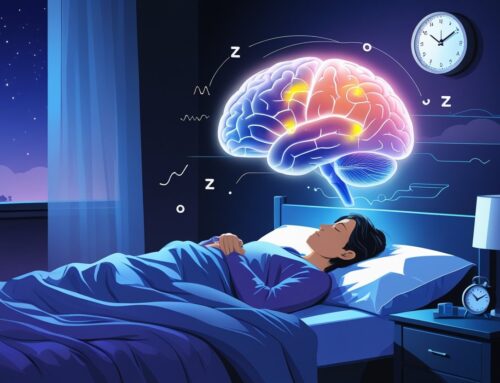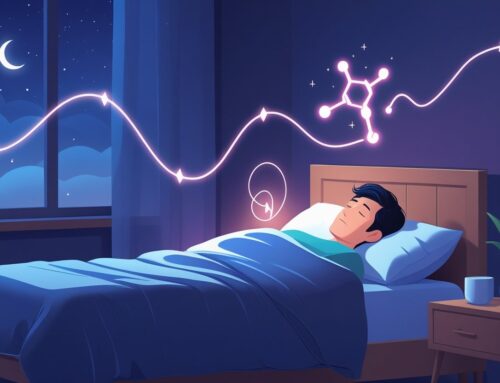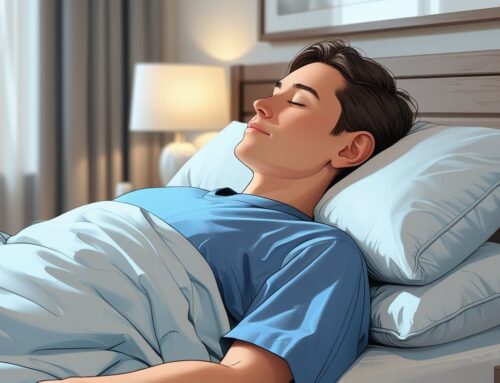Finding the best time to sleep matters for feeling rested and maintaining good health. Although ideal sleep times vary for each person, most adults benefit from going to bed between 8 p.m. and midnight. Sleeping 7 to 9 hours within this timeframe supports both physical and mental well-being.
Sleep experts emphasize that maintaining a consistent bedtime matters more than choosing an exact hour. This consistency helps the body’s natural clock, or circadian rhythm, function properly. Adapting your schedule to suit daily routines and age often improves sleep quality significantly.
Several factors influence the optimal sleep time, including age, lifestyle, and environment. Understanding these factors allows anyone to develop a sleep routine that enhances energy and focus throughout the day.
Key Takeaways
- Consistency in bedtime is essential in better sleep quality.
- Most adults should aim for 7 to 9 hours of sleep each night.
- Sleep needs and timing depend on individual factors.
- Finding a mattress that fits your body and sleep style contributes to falling asleep promptly and improving overall sleep quality.
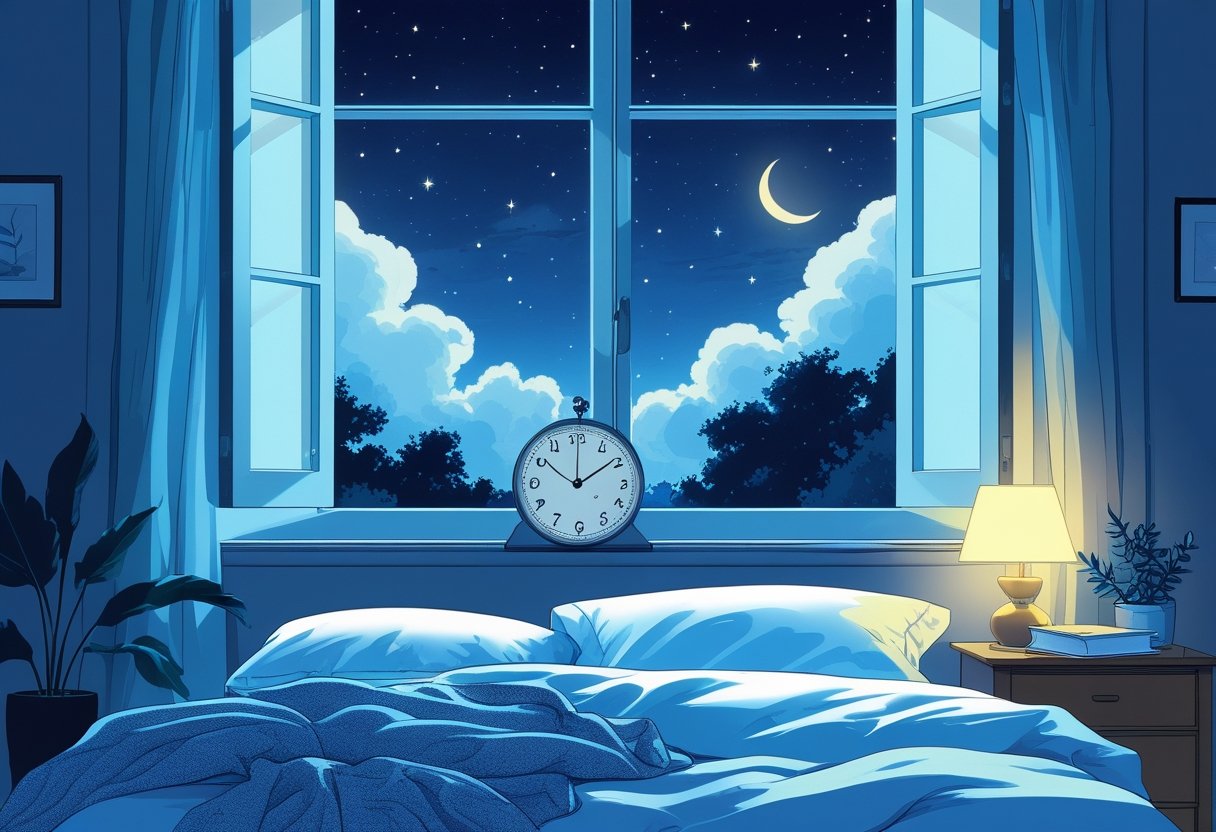
Understanding the Best Time to Sleep
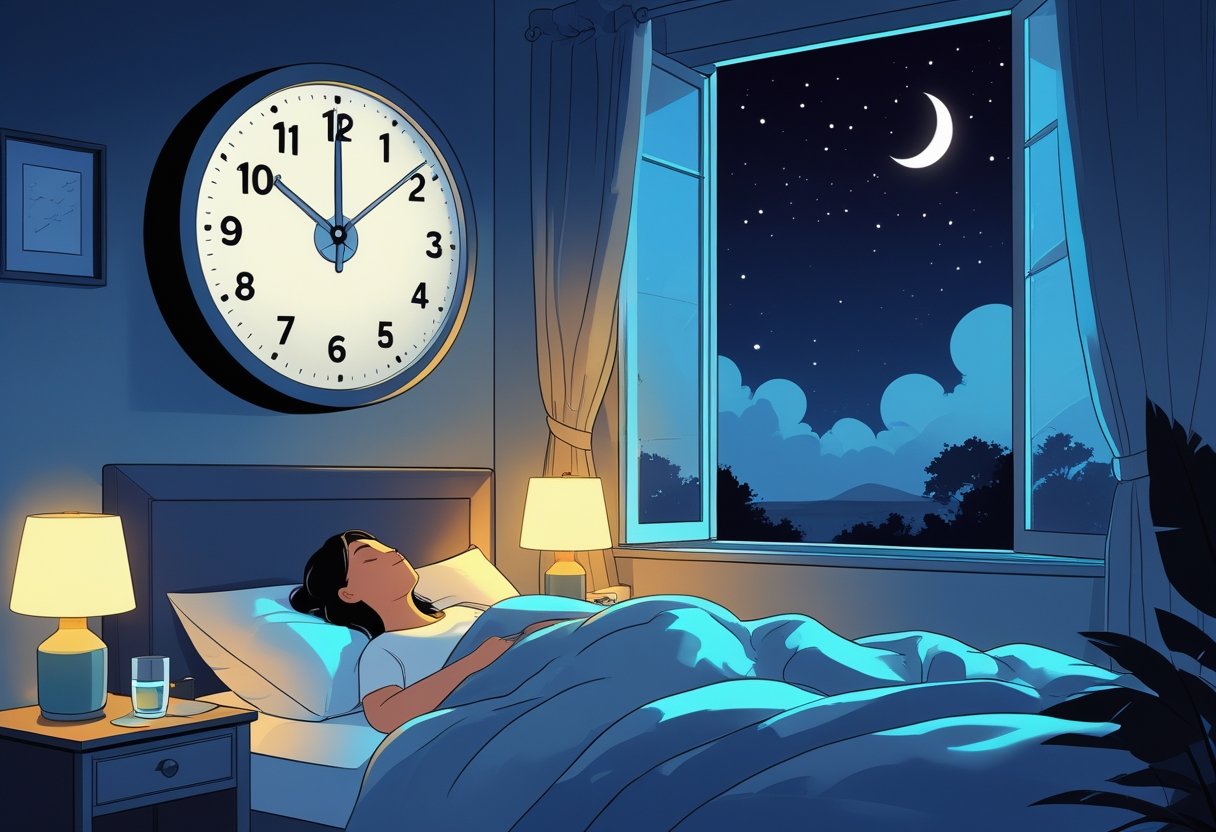
Finding the best time to sleep depends on several factors, including how consistent a person’s schedule remains and how sleep impacts the body. The timing of bedtime influences both the quality of rest and overall health. Knowing when to go to sleep improves energy, mood, and bodily functions.
Why Sleep Timing Matters
The best time to sleep often relates to the body’s internal clock, or circadian rhythm. This clock governs when a person feels awake and when they feel tired. Going to bed and waking up at consistent times keeps this rhythm steady.
Research shows that the ideal bedtime tends to fall around 10 p.m. for many adults. Sleeping around this time allows most people to achieve the recommended 7-9 hours of sleep before waking up early. Irregular bedtimes cause lighter, lower-quality sleep and make it harder to feel rested.
Maintaining consistent sleep hours, even on weekends, prevents confusion in the body’s timing and makes it easier to fall asleep quickly and wake up refreshed. This consistency improves mood, focus, and daily performance.
How Sleep Affects Health
Sleep timing directly impacts physical and mental health. During sleep, the body performs essential tasks such as repairing cells, boosting the immune system, and processing memories. Missing the best hours for sleep or having an inconsistent bedtime increases the risk of problems like heart disease, diabetes, and weakened immunity. Poor sleep also impairs brain function, leading to difficulties with attention, decision-making, and mood regulation.
The best sleeping hours allow the body to cycle fully through all sleep stages. Deep sleep supports healing and restoration, while REM sleep aids emotional health and memory. Proper sleep timing sustains these cycles and helps a person feel healthier and more alert.
Scientific Recommendations for the Best Time to Sleep
Sleep timing depends on natural body processes and the number of hours a person requires for rest. Getting the right amount of sleep while aligning it with biological rhythms improves sleep quality and daily functioning.
Circadian Rhythm and Sleep Timing
The circadian rhythm is a natural 24-hour cycle that controls sleep and wake patterns. It determines when the body feels sleepy or alert. Light exposure plays a major role by signaling the brain to produce melatonin, the hormone responsible for inducing sleepiness. Most people’s bodies begin to tire around 9 to 10 p.m., depending on their internal clock. Disruptions to the circadian rhythm, such as irregular sleep schedules or excessive screen time at night, make falling asleep on time more difficult.
Following the body’s natural signals helps improve sleep. Adjusting bedtimes gradually to match these rhythms supports consistent sleep quality and duration.
Scientifically Best Time to Sleep and Wake Up
Experts recommend adults aim for 7 to 9 hours of sleep each night. The best time to sleep depends on the time a person must wake up for work or school. To find the ideal bedtime, count backward 7 to 9 hours from the wake-up time. For example, if someone wakes at 6 a.m., they should go to bed between 9 p.m. and 11 p.m. This approach meets the body’s sleep needs without shortening rest.
Sleep occurs in cycles lasting about 90 minutes, moving through light and deep phases. Aligning bedtimes and wake-up times with these cycles enhances restfulness and alertness the following day.
Research shows that maintaining regular sleep and wake times matters more than the exact time a person goes to bed, as long as the total sleep time suffices. Adjusting schedules to fit personal sleep needs boosts overall health and mood.
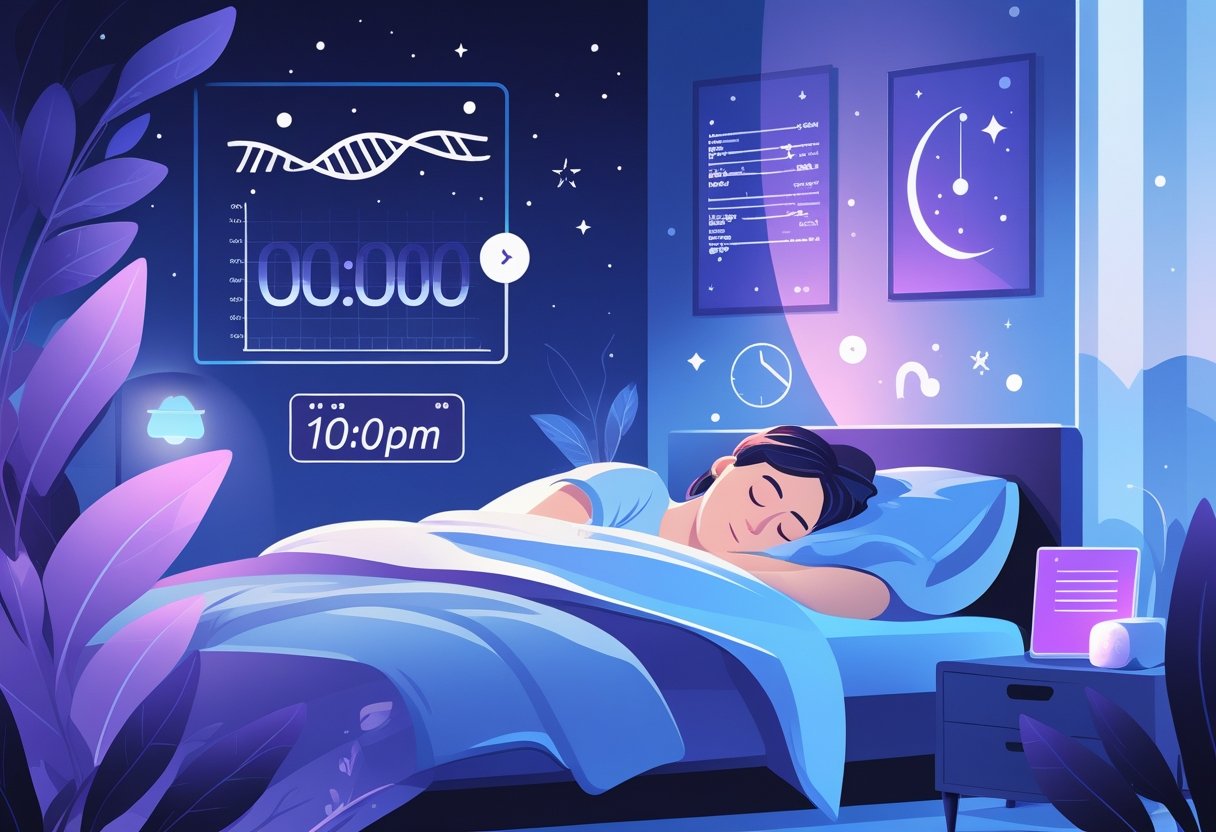
Personalizing Your Sleep Schedule
Finding the best time to go to sleep depends on several personal factors. These include daily commitments, natural body rhythms, and how much rest a person requires. Understanding these elements helps set a bedtime that supports feeling alert and refreshed.
Factors Influencing Ideal Bedtime
A good time to sleep often depends on work schedules, family duties, and social activities. People who start work early in the morning should aim to sleep earlier to get enough rest. Others with flexible routines can adjust their sleep times to better suit their body’s needs.
Age plays an important role, as teens and adults require different amounts of sleep. Most adults need about 7-9 hours, though some may function well with slightly less or more. The time it takes to fall asleep, usually around 15 minutes, is also important when planning bedtime.
The level of physical and mental activity during the day affects when one should go to sleep. High activity creates sleep pressure, which helps one fall asleep earlier. In contrast, low daytime activity can delay the onset of sleep. Establishing a consistent bedtime routine based on these factors improves sleep quality.
Chronotype: Early Birds vs. Night Owls
A person’s chronotype determines their natural preference for sleep and wake times. Early birds tend to feel sleepy earlier in the evening and wake up easily in the morning. They usually benefit from going to bed between 9 and 10 p.m.
Night owls feel more alert late at night and struggle to wake early. Their ideal sleep time may fall closer to midnight or later. Night owls should try to shift their schedule gradually if early wake times are necessary for work or school.
Knowing your chronotype helps you choose the best time to go to sleep, making rest more effective. Aligning sleep with natural body clocks reduces grogginess and improves daytime energy. Tracking personal sleep patterns over time can reveal the best bedtime for each individual.
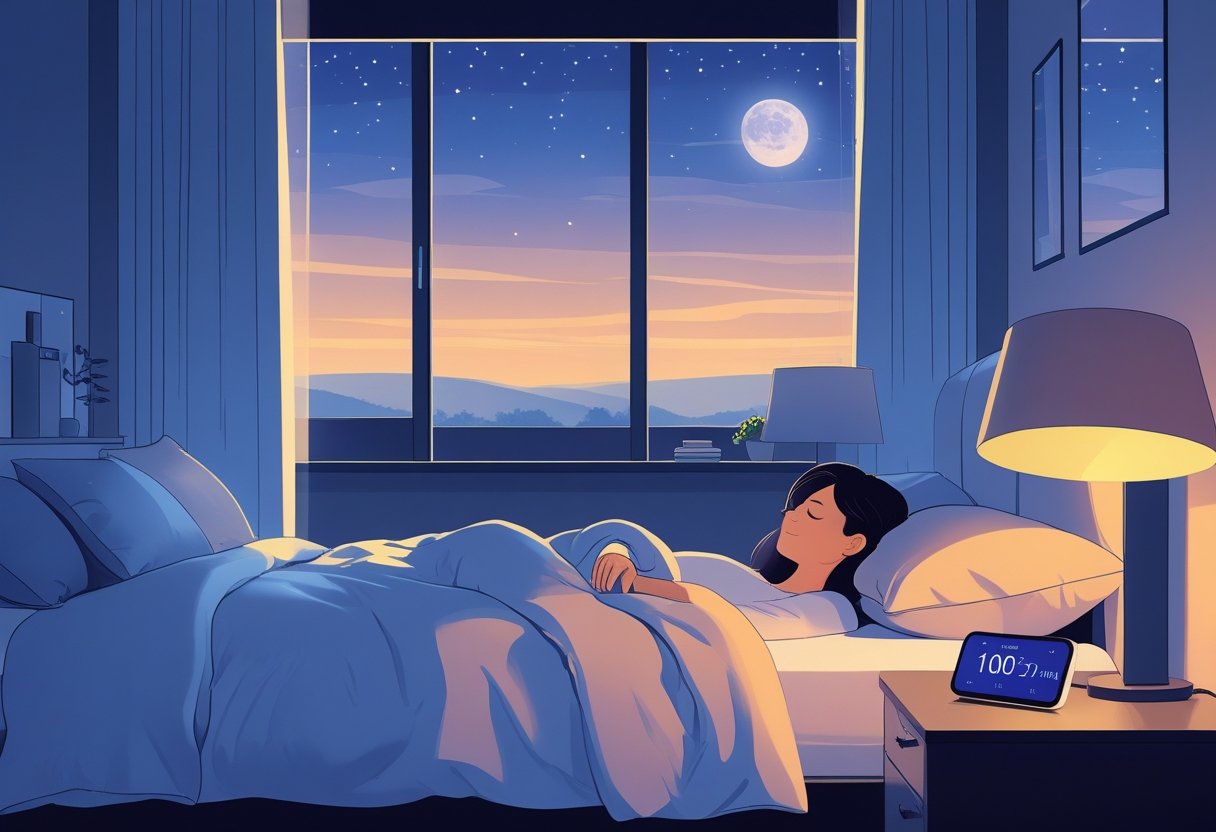
Best Time to Sleep by Age Group
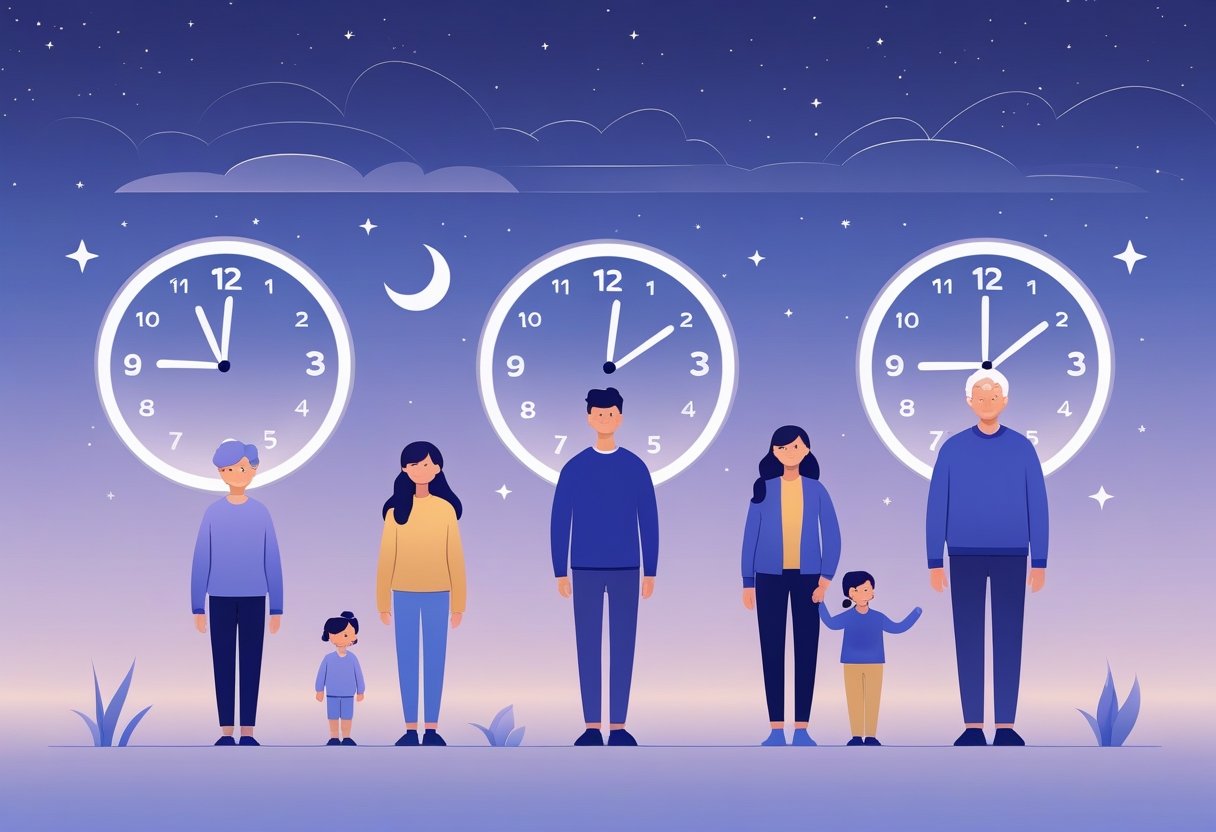
Different age groups require different amounts of sleep and follow different ideal bedtimes. Sleep schedules should align with the recommended hours for each age group to maintain health and alertness.
Best Sleep Time for Adults
Adults between 25 and 64 years old need about 7 to 9 hours of sleep each night. Most should aim to go to bed between 9:00 PM and 11:00 PM to meet these requirements. Sleeping within this window allows enough time to wake up refreshed around 6:00 AM to 7:00 AM, which fits most work routines.
Sleep quality improves when adults follow a consistent bedtime and avoid screens before sleeping. Those over 65 need slightly less sleep, about 7 to 8 hours, so their bedtime may shift earlier or later depending on their habits. A typical bedtime for adults is around 10:00 PM, though individual routines and preferences may alter this. Consistently going to bed early helps support immune health, memory, and mood.
Sleep Timing for Teenagers and Children
Children need more sleep than adults, so their ideal bedtimes tend to be earlier. School-age kids (6 to 13 years) require 9 to 11 hours of rest and often go to bed between 7:30 PM and 9:00 PM.
Teenagers (14 to 17 years) need about 8 to 10 hours. However, their biological clocks shift later, so their average bedtime may fall between 9:30 PM and 11:00 PM. Early school start times often conflict with this, so establishing a steady bedtime helps ensure they get enough sleep.
Younger children and toddlers need even more, sometimes up to 14 hours daily, which means bedtime must come well before 8:00 PM. Sleep timing is important in their growth, behavior, and learning, so it’s important to stick to age-based guidelines.
Optimizing Bedtime for Better Sleep Quality
Choosing the right time to go to bed is key for deep and restful sleep. Recognizing when your body signals it’s time to sleep and learning how to shift your bedtime can improve overall rest and daily energy levels.
Signs It’s Time to Go to Bed
Feeling sleepy, yawning, or noticing heavy eyelids clearly shows the body is ready for sleep. When the mind begins to wander or concentration fades, that often means bedtime is near.
Physical signs such as slight irritability or feeling cold can also suggest it’s time to turn in. Noticing these cues helps prevent staying up too late and disrupting the sleep cycle. If someone often feels tired the next day, they may go to bed too late or lack a consistent schedule. Paying attention to these signs encourages better sleep quality and supports the body’s natural rhythm.
How to Adjust Your Bedtime
To determine a good bedtime, count backward from your required wake-up time. Most adults need 7 to 9 hours of sleep. For example, waking at 6 AM means an ideal bedtime falls between 9 PM and 11 PM. Sticking to the same sleep and wake times each day reinforces the sleep-wake cycle. Shifting bedtime by 15 to 30 minutes every few days can help if a major change is needed.
Avoid pushing bedtime later, as bedtime procrastination reduces sleep quality. A calming routine before bed sends a clear signal to the body that it’s time to rest, which encourages going to bed on time.
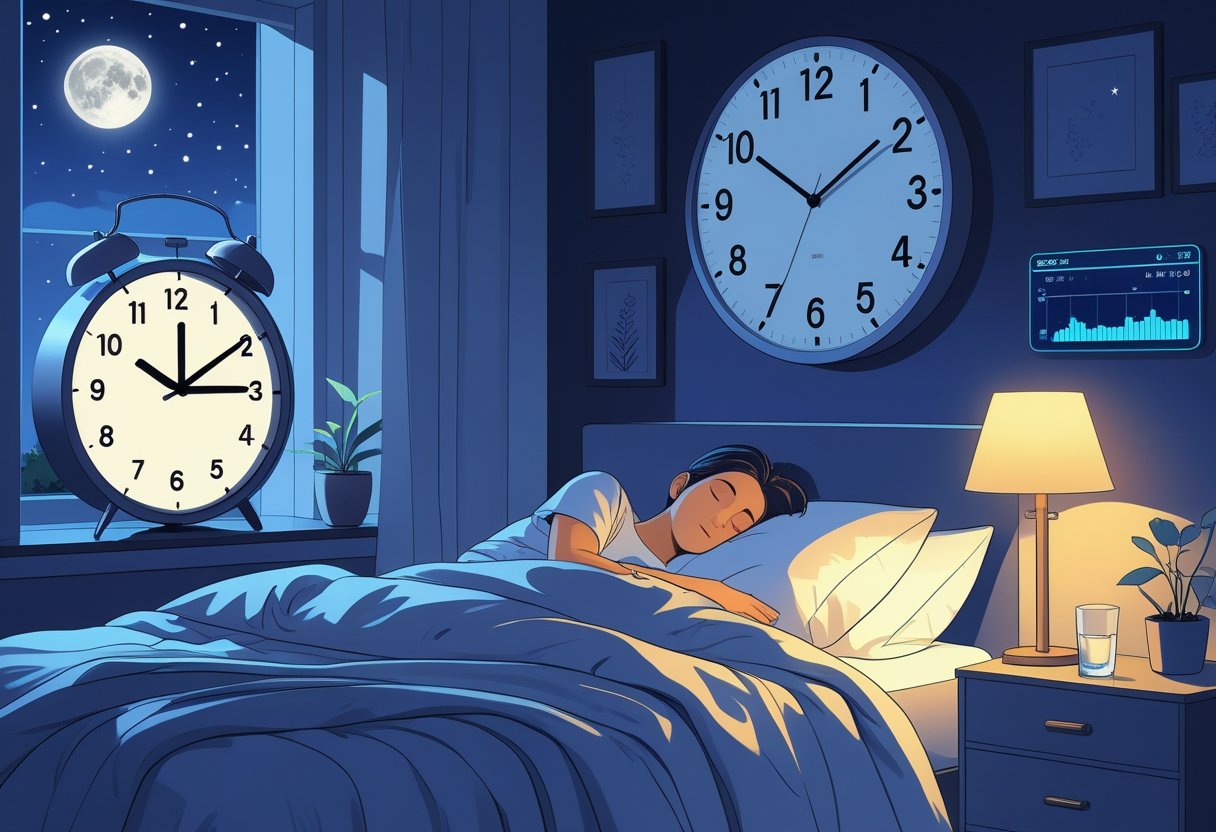
Lifestyle and Environmental Factors Affecting Sleep Timing
Sleep timing depends on daily habits and surroundings. The way someone uses light and technology influences when they feel sleepy. Work and social schedules also affect sleep routines, often pulling them out of sync with natural body clocks.
Impact of Light and Technology
Light exposure, especially blue light from screens, pushes back the body’s internal clock. Phones, tablets, and computers used late at night suppress melatonin, the hormone that signals it’s time to sleep. This delay results in later bedtimes and reduced sleep overall.
Natural sunlight during the day helps regulate the sleep-wake cycle. Morning light boosts alertness and supports easier sleep at night. Without enough daytime light or with excessive screen use in the evening, sleep shifts later, making early wakeups more difficult.
Limiting screens at least an hour before bed and increasing daytime light exposure supports healthier sleep timing. Some people also apply blue light filters to reduce the effect on melatonin.
Work and Social Schedules
Shift work and irregular job hours often require sleep at unnatural times. This misaligns the internal clock with scheduled sleep periods, causing sleep issues and fatigue. Evening social plans can also delay bedtime. Late-night events or weekend work lead many to stay up past their usual hour, throwing off consistent sleep timing. Maintaining a regular schedule despite work demands supports a stable sleep cycle. Planning social events earlier in the evening helps prevent late nights from disrupting rest.
These factors underscore the role of both routine and environment in determining ideal sleep timing.
Choosing the Right Mattress for Better Sleep Timing
A mattress is important in how well a person sleeps and how easily they fall asleep at the right time. The right mattress supports the body and reduces discomfort throughout the night. It must suit a person’s sleep position and body type. For instance, side sleepers often need a softer mattress to cushion the shoulders and hips, while back sleepers usually benefit from medium-firm options. Heavier individuals often prefer firmer mattresses that prevent excessive sinking.
Comfort and support remain the most important factors. Comfort refers to how pleasant the mattress feels, while support keeps the spine aligned. Both help a person wake up feeling well-rested and stick to a consistent sleep schedule.
One solid option is the Birch Natural Mattress. Built with organic latex, wool, and cotton, it offers medium-firm support and breathable materials that suit many sleeping styles, such as side, back and stomach sleepers.
To find the right match, people should:
- Choose one that catches their interest
- Lie down in their usual sleep position
- Check if it delivers both comfort and support
Couples ought to test mattresses together to find one that works for both. A higher price doesn’t always guarantee better sleep. Personal comfort matters more than cost. By learning about various types and testing options in person, people can avoid confusion and choose a mattress that supports better sleep timing and overall rest.
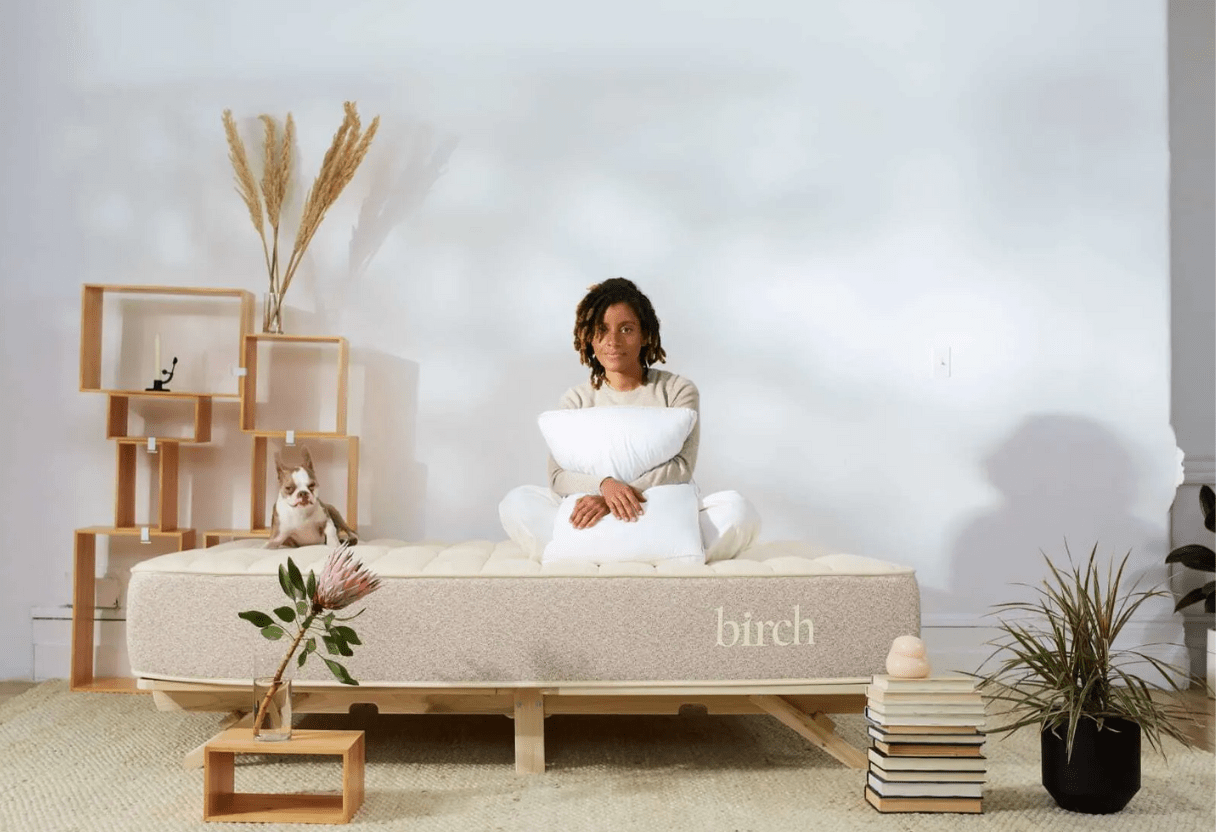
Frequently Asked Questions
Sleep schedules that match natural light and follow a consistent routine support better health. Getting enough quality sleep on a regular basis improves both physical and mental function. However, age and lifestyle can influence the ideal bedtime and wake-up time.


